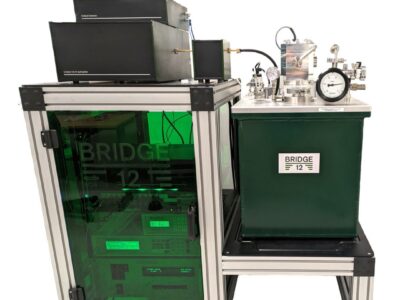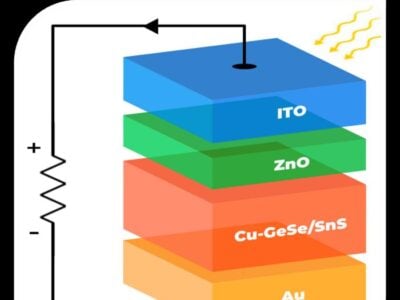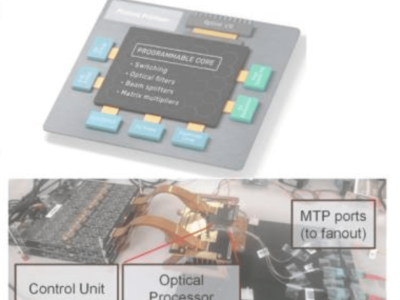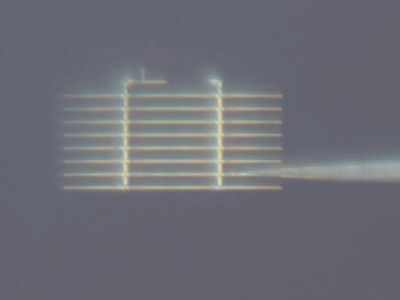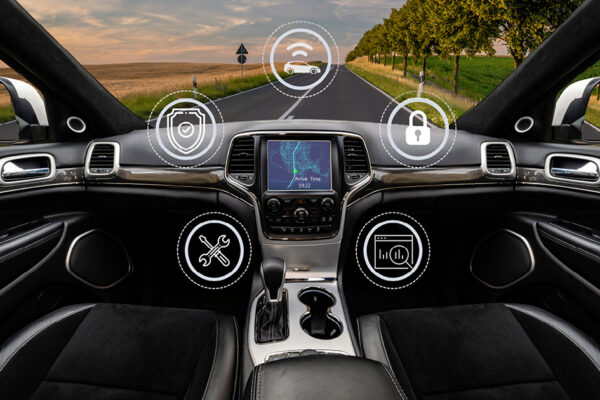
Automotive communications processor enables service-oriented architectures
In the run-up to the Consumer Electronics Show (CES), NXP presented a new generation vehicle network processor, the S32G. The chip extends NXP’s existing S32 processor family and provides the basis for implementing new software services in the vehicle and between vehicles and the back end. The aim is to reduce the excessive complexity of vehicle software. At the same time, the processor contains extensive provisions for improving the cyber security of cars – a topic that is increasingly becoming a focus of developers as vehicles are more intensively connected to IT infrastructures.
Future generations of networked vehicles, OEMs and tier one developers agree, will require a radical change in performance and security to implement data-driven functions. The S32G is designed to take vehicle networking to a new level by providing secure data transmission and protecting security-relevant applications from cyber-attacks. According to NXP, it is the world’s first integration of classic MCUs with powerful, ASIL-D-capable application processors and network acceleration capabilities. As a result, it has a significantly higher functional scope than previously possible.
The development towards autonomously driving as well as connected and electrified vehicles allows (and needs) a wide range of data-based services. Usage-dependent insurance, monitoring of vehicle condition, and fleet management services for business people are just some of the possibilities currently being prepared by car manufacturers and which are now to be made possible by this new processor.
The new S32G processors offer high MCU and MPU performance combined with application-specific hardware acceleration. This puts services with deterministic network performance in the realm of the possible. Like existing S32 family processors, the S32G supports the highest level of security currently available in the automotive industry. This includes a public key infrastructure (PKI) and an integrated hardware security engine (HSE). The firewall-protected HSE supports a secure boot process, provides system security services and protects against physical attacks. At the same time, the S32G has advanced features to ensure functional security. The chip contains two Arm Cortex-A53 microcontroller cores synchronized by a lockstep mechanism. With this industry first, the processor achieves the highest ASIL level D. In contrast to its S32 colleagues, NXP does without an integrated graphics accelerator in the S32G model, as security and communication tasks do not require such capabilities.
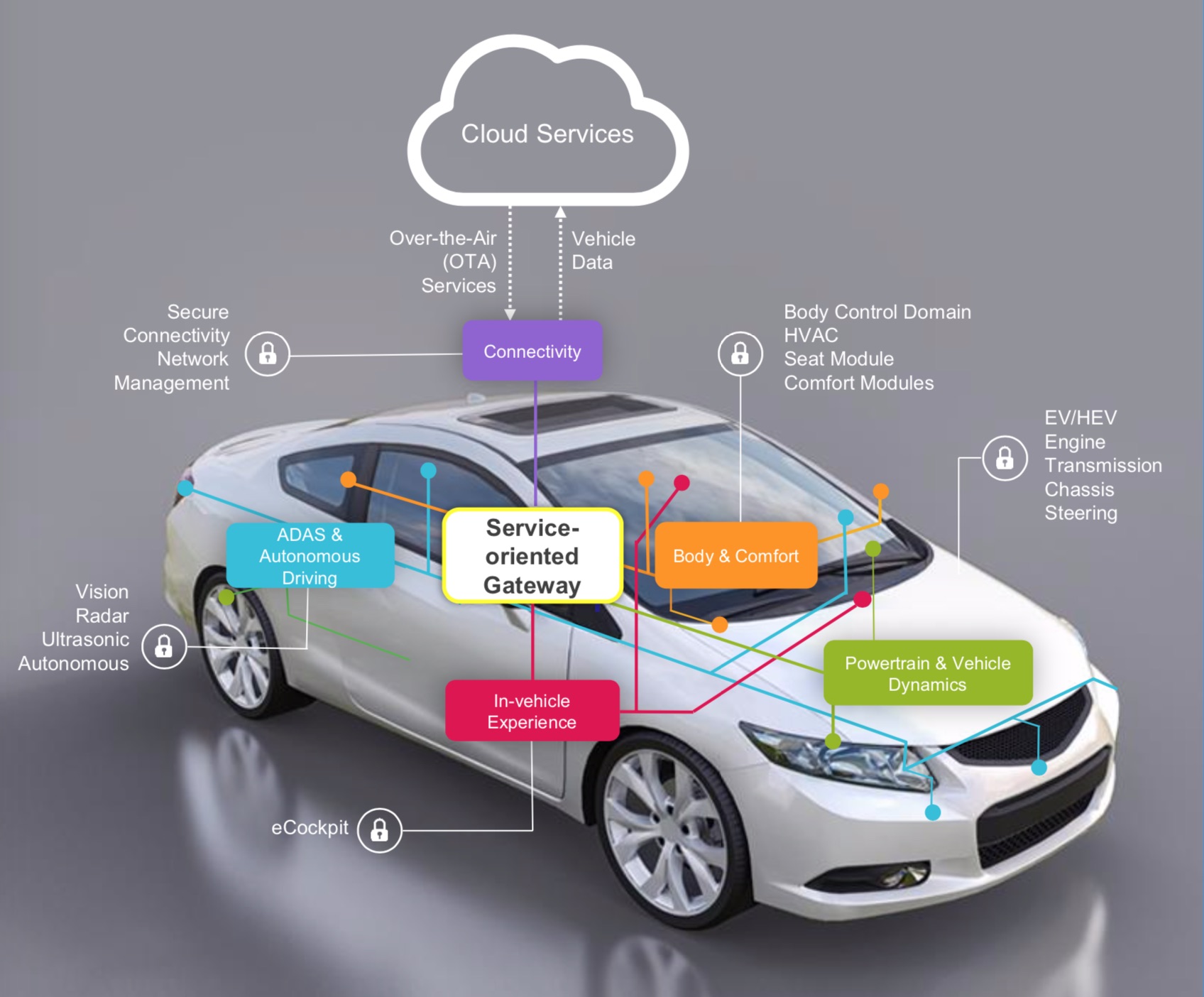
At the same time as the S32G, NXP is introducing the secure automotive Ethernet switch SJA1110, which is optimized for integration with S32G processors. The Ethernet switch complies with current TSN standards and offers integrated 100BASE-T1 PhYs, hardware-based safety and security functions and multi-gigabit interfaces. The combination of NXP’s S32G processor, SJA1110 switch, and VR5510 power management addresses the major challenges developers face in vehicle networking today, including scalability, safety and security, and high-speed traffic management.
At the same time, NXP claims to have developed more than one network processor with the S32G: The component supports the latest ADAS applications and provides secure communication functions that enable the complete networking of the vehicle. The chip manufacturer quotes Bernd Augustin, Director ECU Development Autonomous Driving at Audi: “The unique combination of networking, performance and security features of the S32G processor is ideal for use on our next-generation ADAS domain controllers,” the Audi expert says. According to NXP, other leading car manufacturers beyond Audi are already working on implementations of service-oriented gateways based on the S32G.
More information: https://www.nxp.com/S32G
Related articles:
Automotive-qualified ISELED MCU now in stock at Mouser
Performance booster for automotive AI application developers
Vehicle E/E-Architecture: Reduce to the Max
 If you enjoyed this article, you will like the following ones: don't miss them by subscribing to :
eeNews on Google News
If you enjoyed this article, you will like the following ones: don't miss them by subscribing to :
eeNews on Google News

